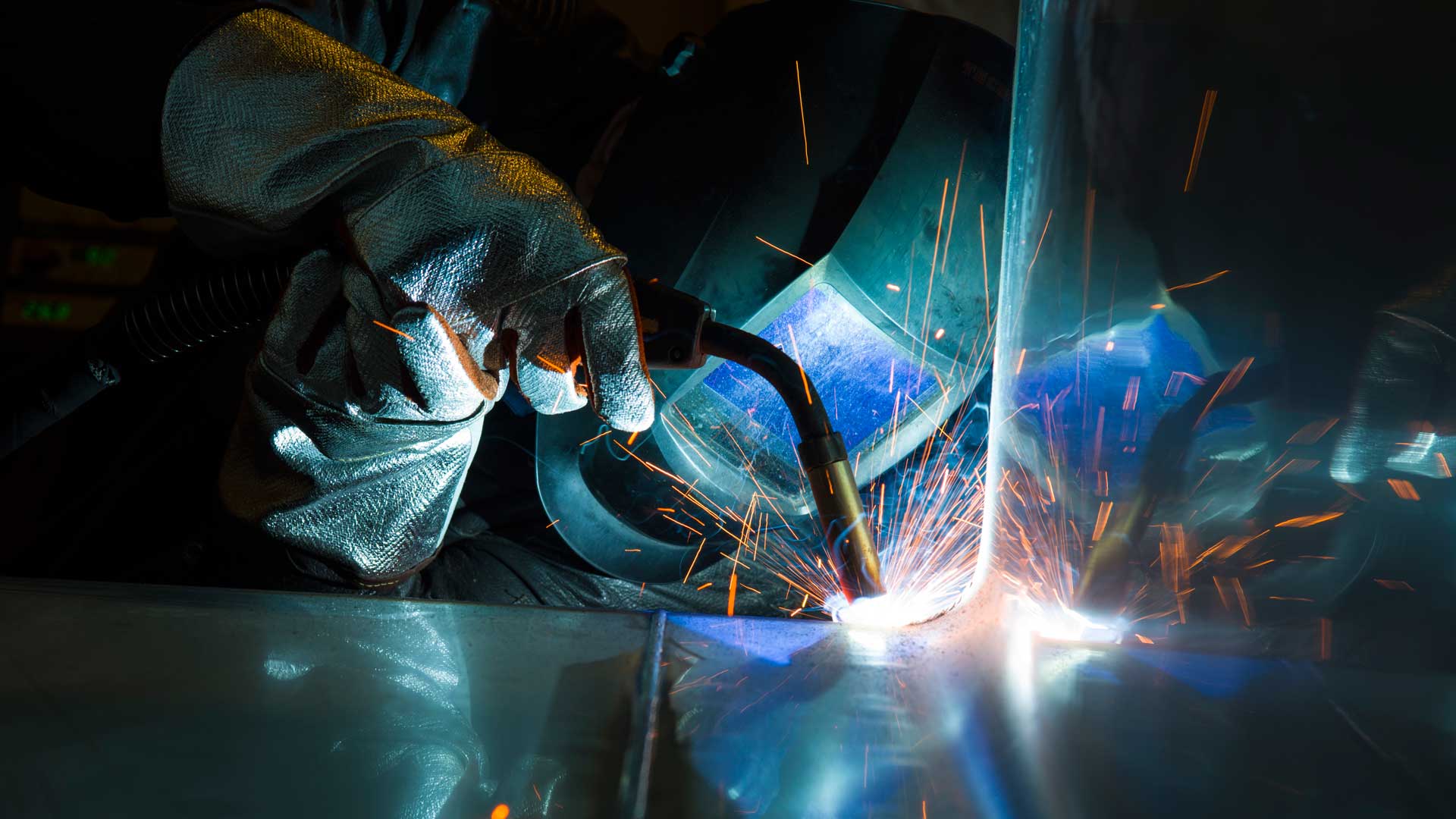Hybrid Air Quality Solutions for Heavy Equipment Manufacturing

1. Less Energy Use = More Savings
Traditionally, heavy equipment manufacturers have relied on large ambient air quality solutions. Often they have simply vented their dirty air to the outside and brought in fresh air. While this method is appealing in its simplicity, it has a couple major downsides. First, the fresh air brought in must be heated or cooled, which is a major additional expense. Second, venting this air to the outside might breach EPA regulations, depending on the volume of particulates.
An ambient filtration system can avoid both of these drawbacks. However, ambient filtration requires a lot more airflow (measure in cubic feet per minute, or CFM) than a source capture solution, because it must capture and clean air from the entire facility. For facilities with significant particulate volume, this will require a very high CFM system which will use a lot of energy.
A hybrid solution combines a source capture solution with ambient filtration units. Source capture units use less energy than ambient ones because they require a lower CFM. The ambient units that accompany the source capture ones can be much smaller in a hybrid arrangement. Also, cleaning and returning air to the facility eliminates the need for heating or cooling make-up air. These factors produce major energy savings.
2. Hybrid Source Capture/Ambient Filtration Systems Protect Workers
One major downside of an ambient-only air quality system is that workers may still be exposed to high levels of fumes in the breathing zone. Weld fumes often contain highly toxic particulates, and these contaminants will drift widely through a facility that uses ambient capture units. Exposure to these contaminants not only threatens workers’ health, but it threatens regulatory compliance. Ambient systems will keep the facility’s air as a whole within regulations, but workers closest to the fume source may still have high exposure levels.
Adding source capture air filtration ensures that most of the dirty air is captured where it is generated. This protects workers doing the welding, as well as staff throughout the facility.
3. Right-sizing Your Air Quality Equipment Saves Money
A well-designed hybrid air quality solution saves money on equipment, as well. A good engineer can spec source capture units that are just the right size for your welding applications. More importantly, perhaps, the engineer can design the ambient capture component to be much smaller than an ambient-only system. In a hybrid system, the ambient capture units perform the secondary, clean-up role, so the units can be smaller and more efficient.
RoboVent’s VentMapping process allows our engineers to use computer modeling to design the perfect system for your facility. With this cutting-edge approach, our engineers can design a system to hit your air quality goals with exactly the right equipment.
For more information about air quality solutions suitable for heavy equipment manufacturing, see here.
Contact Us With Your Questions!
SUBSCRIBE TO
BLOG UPDATES









